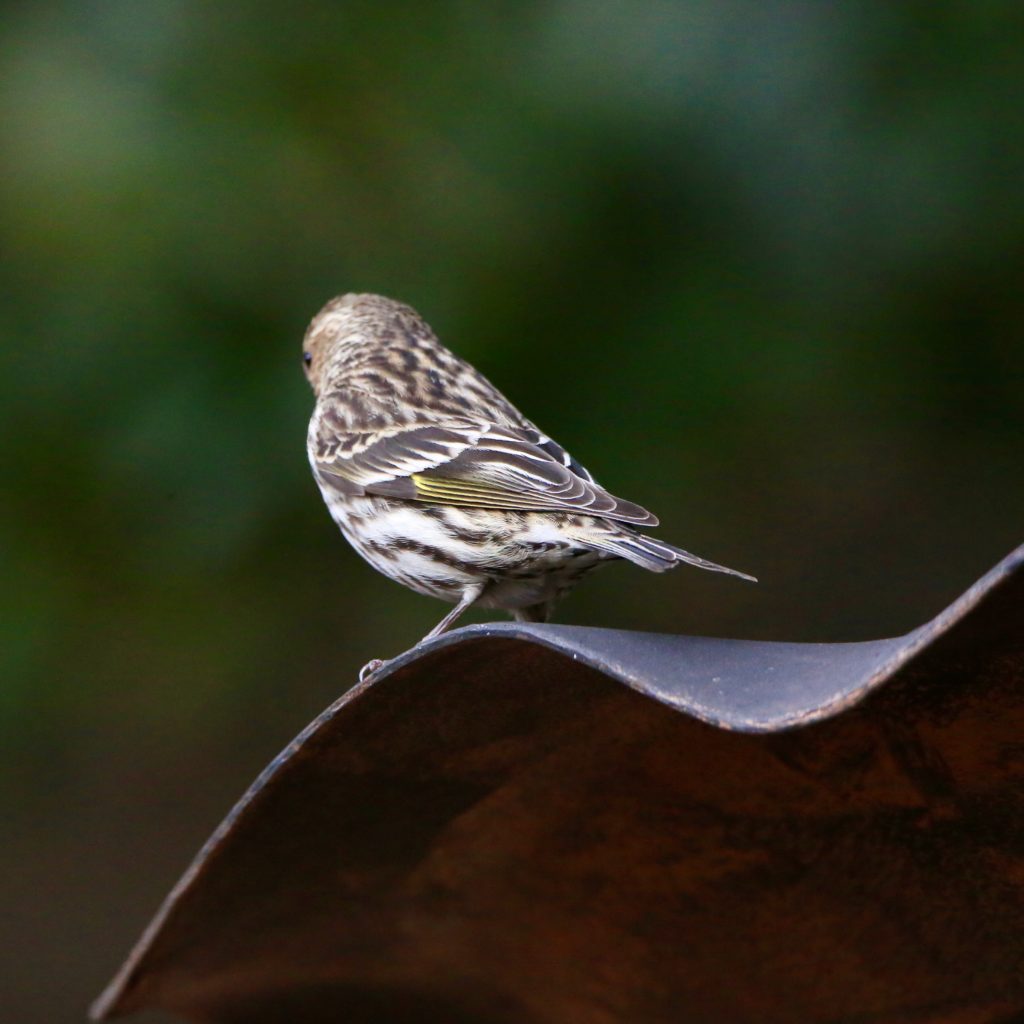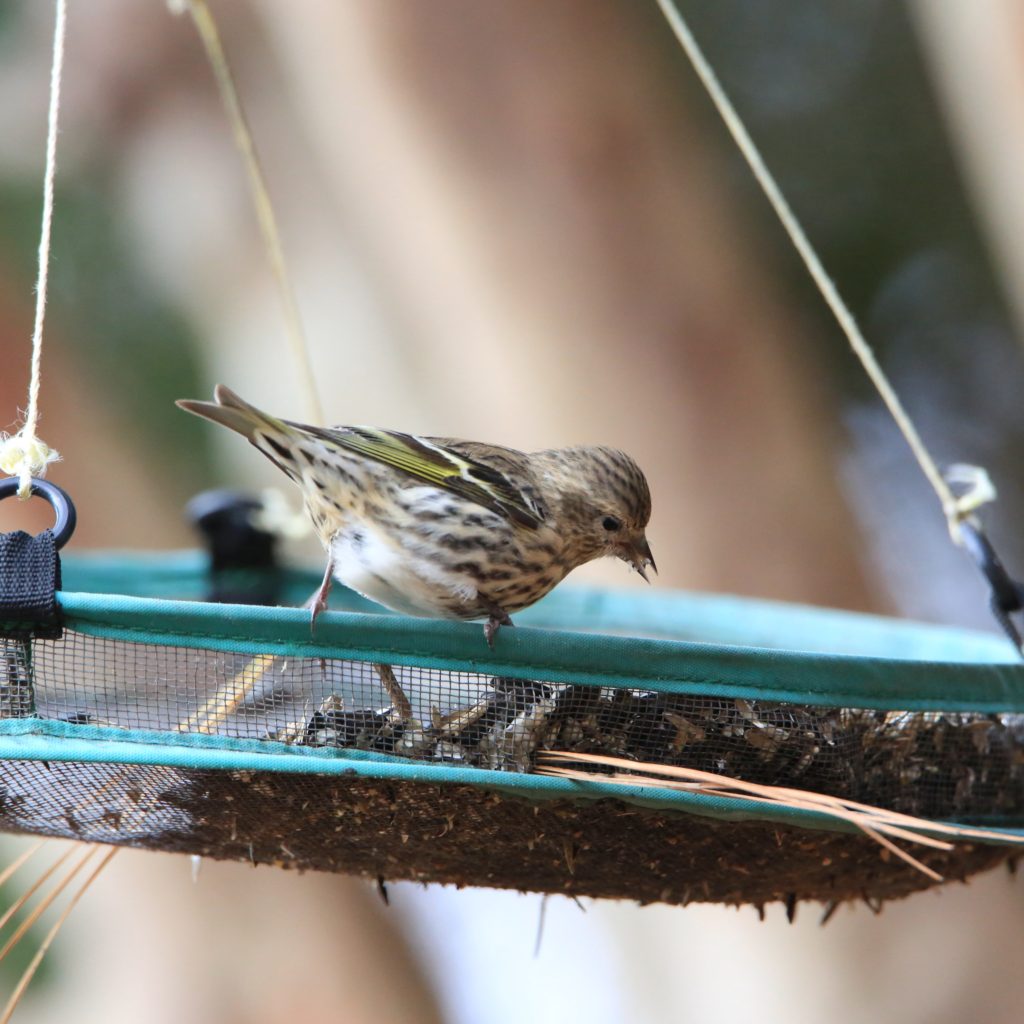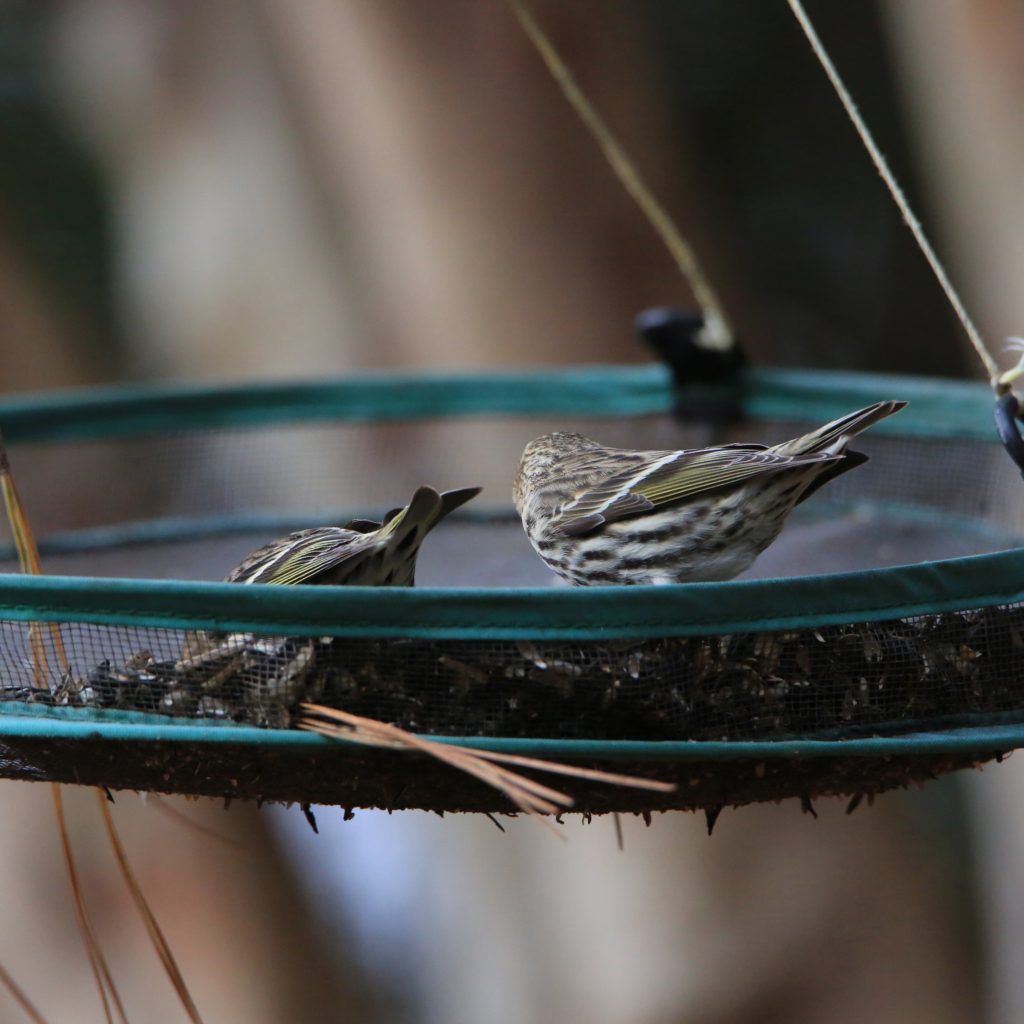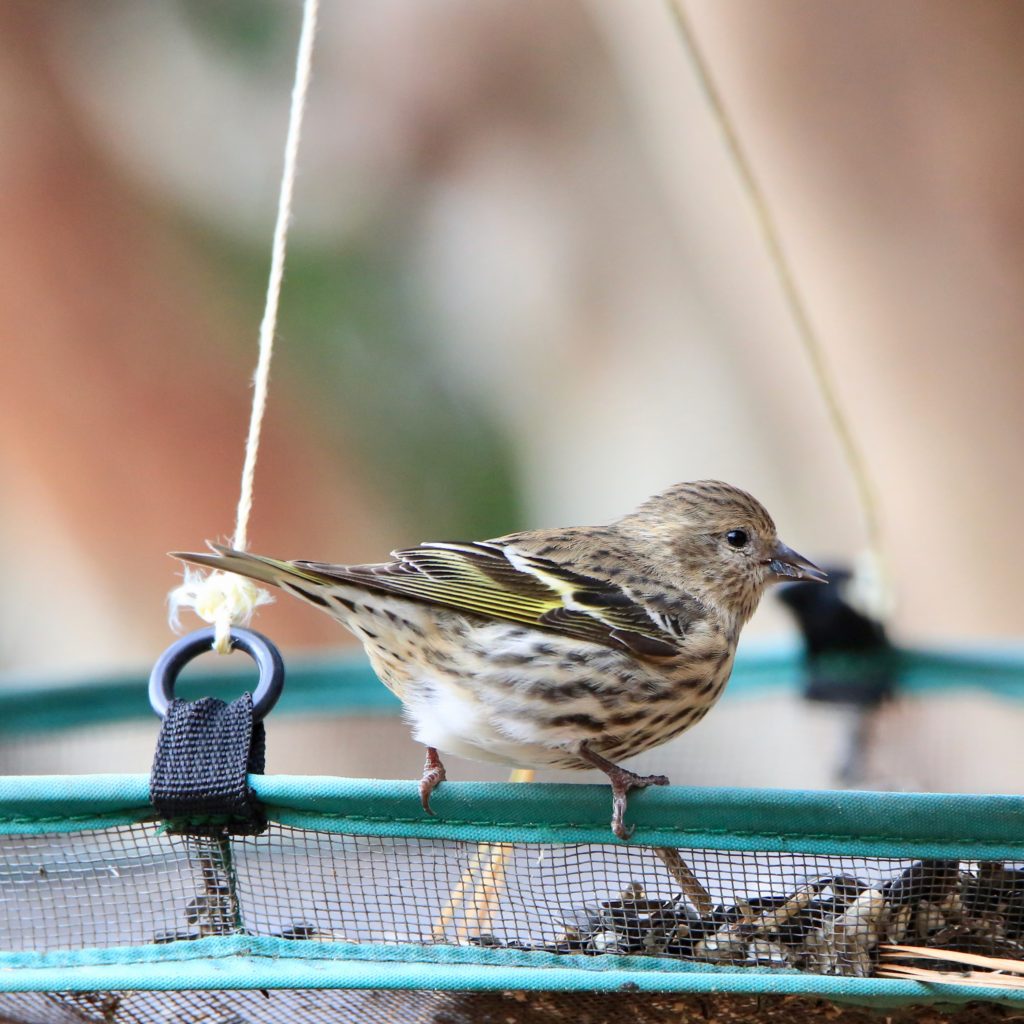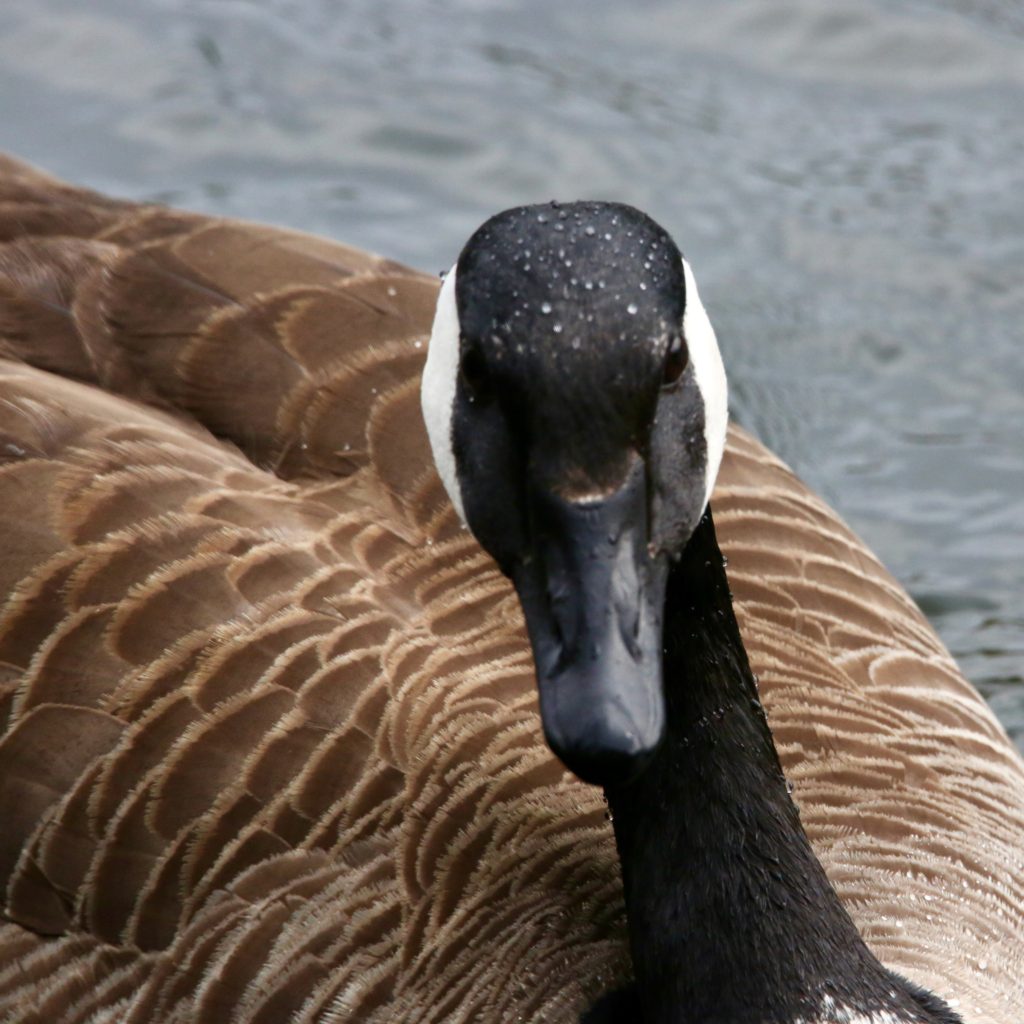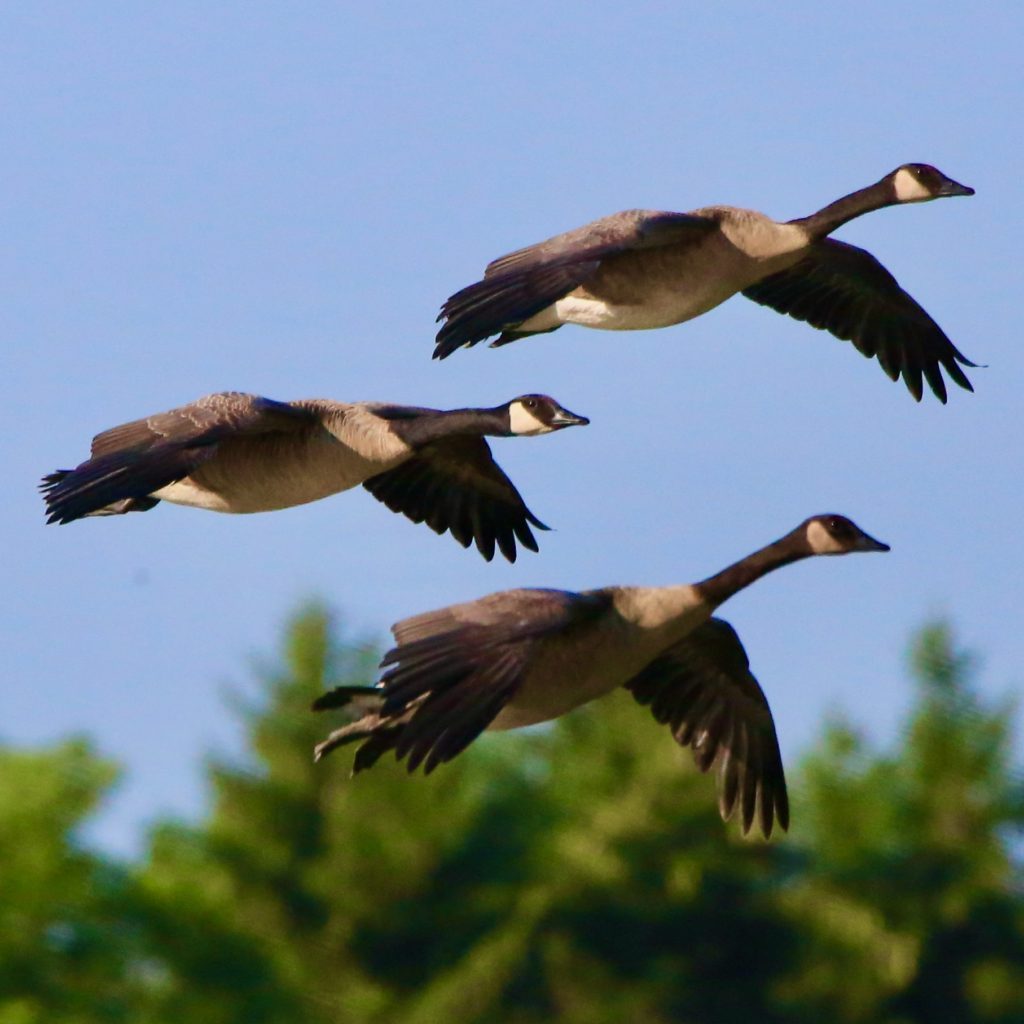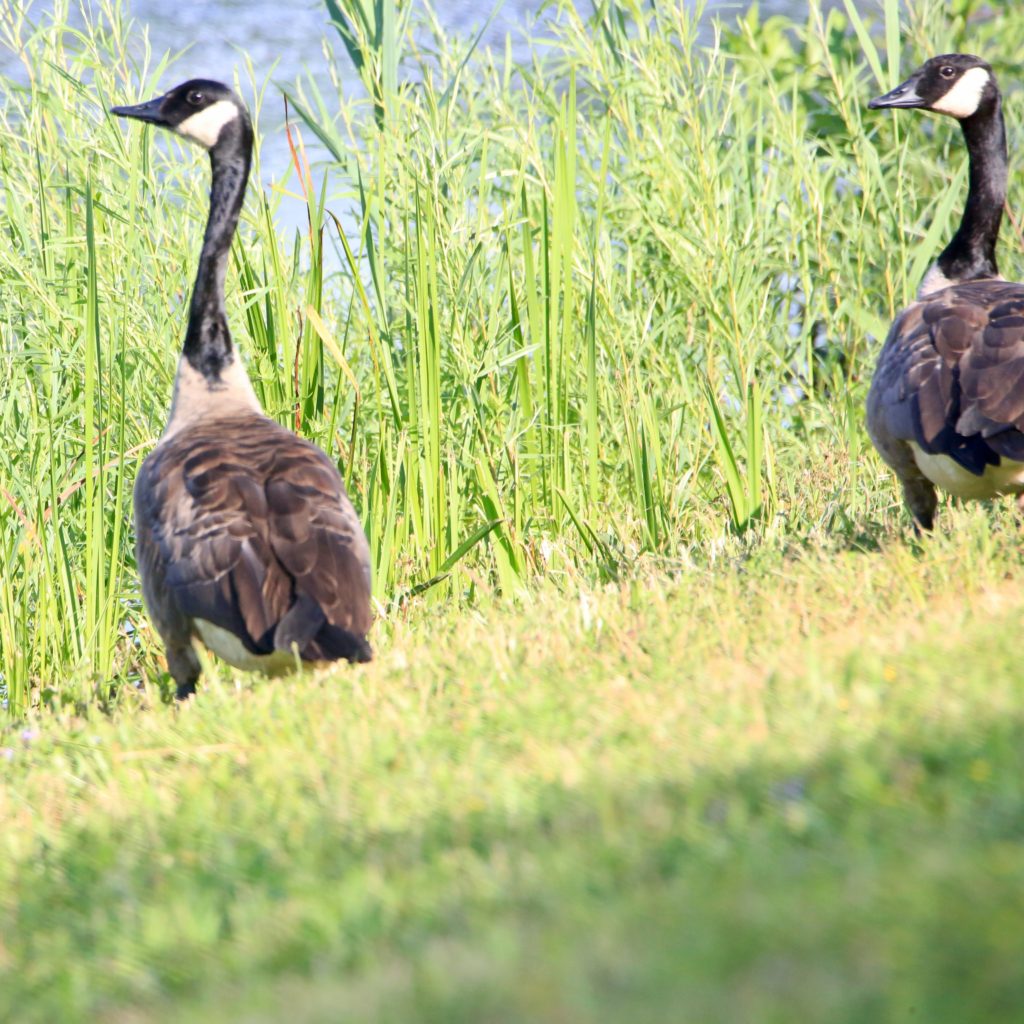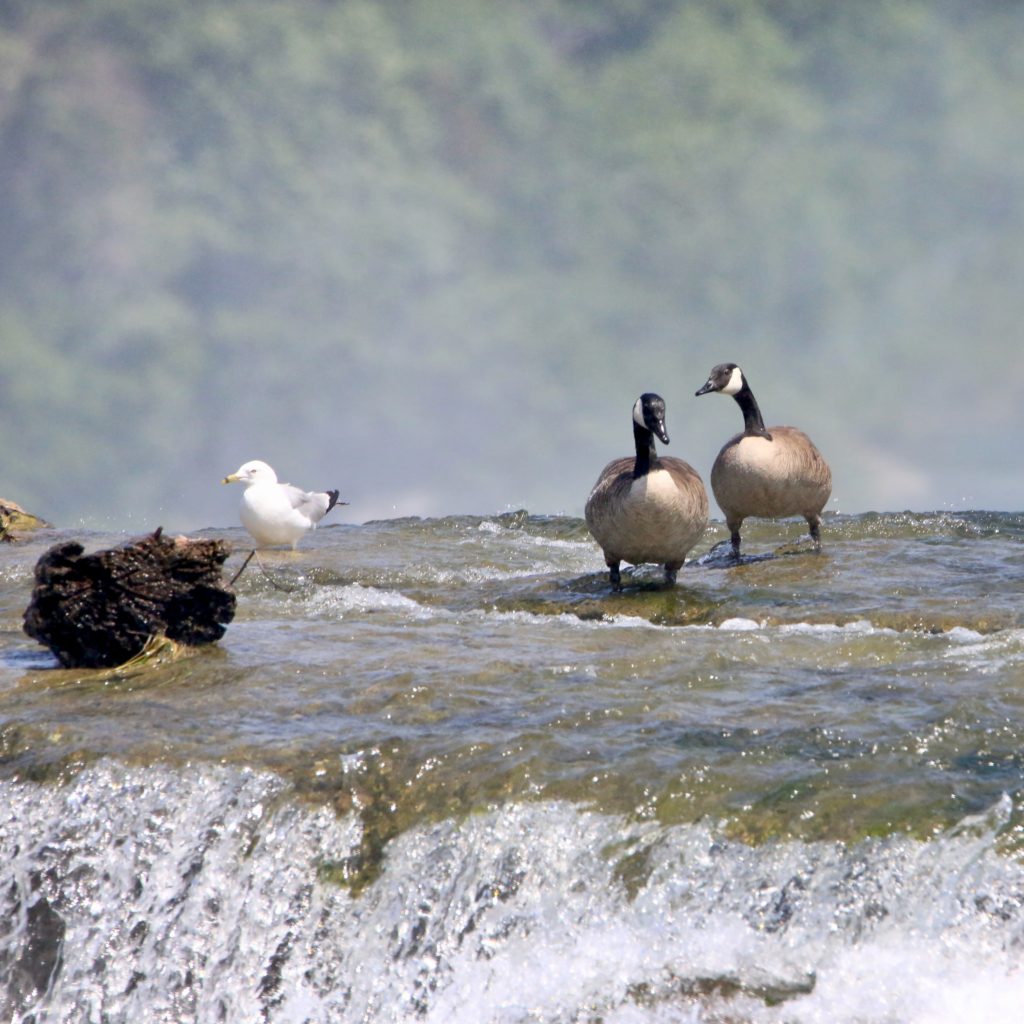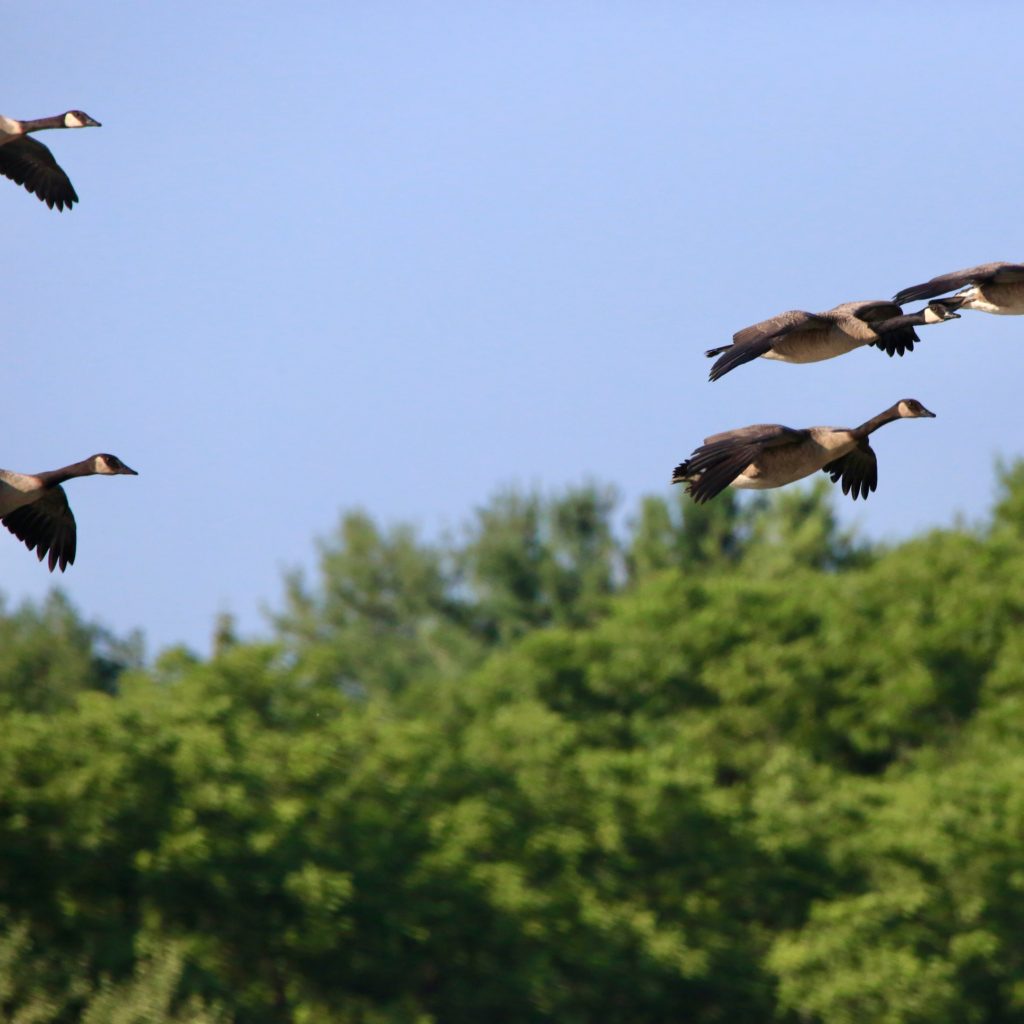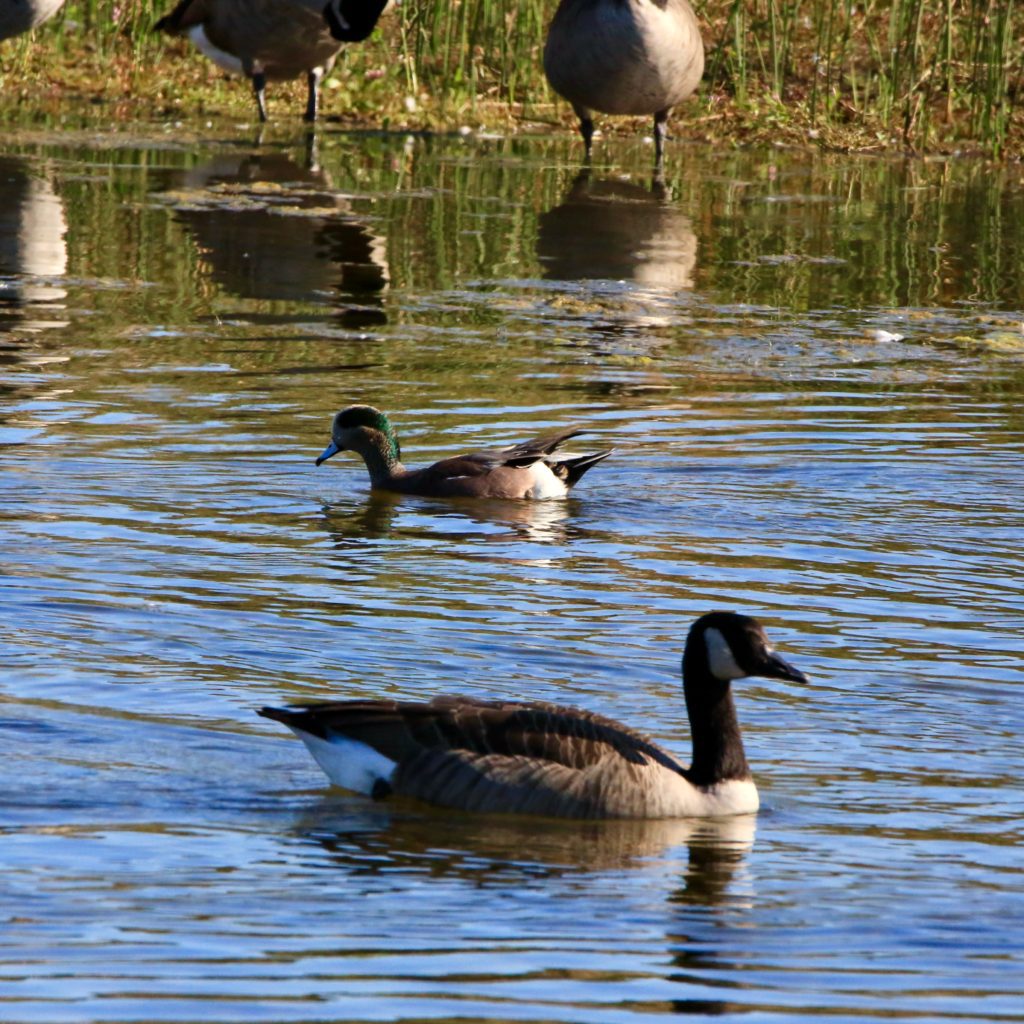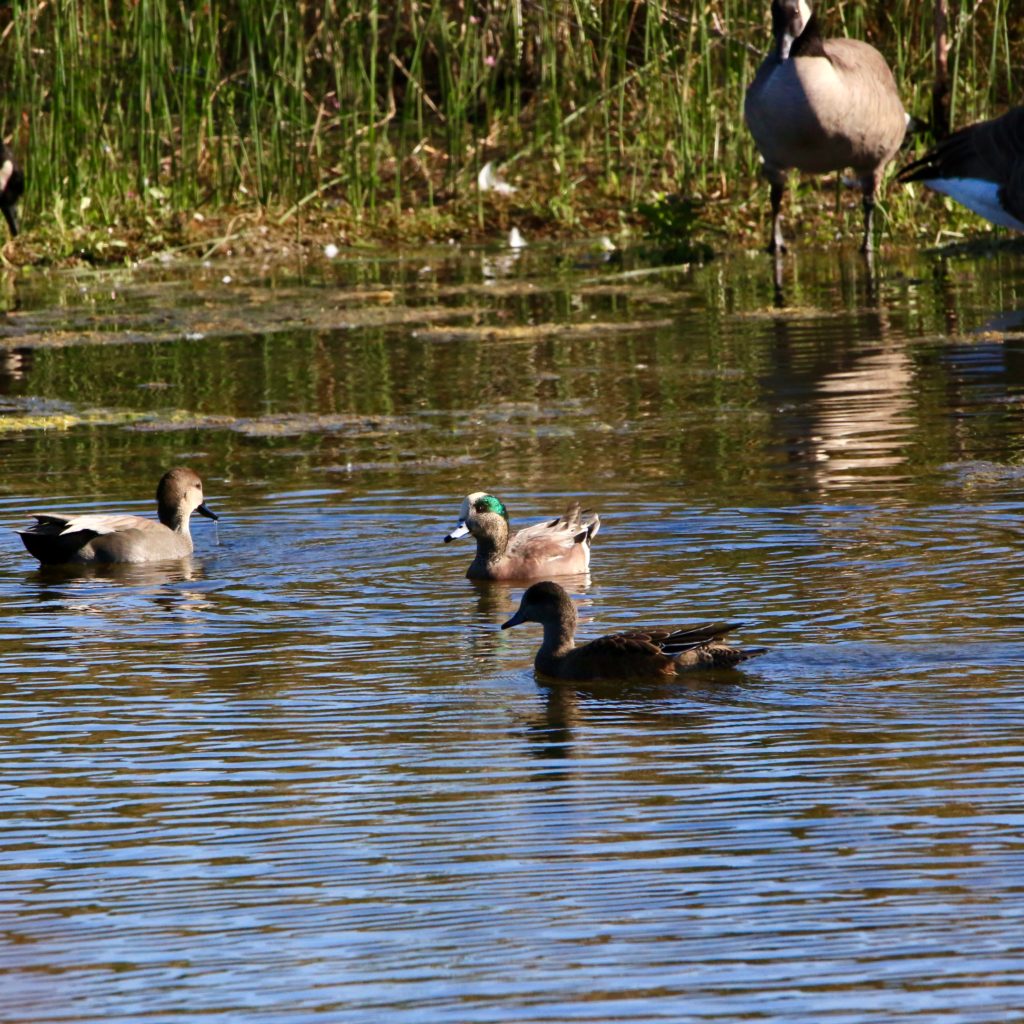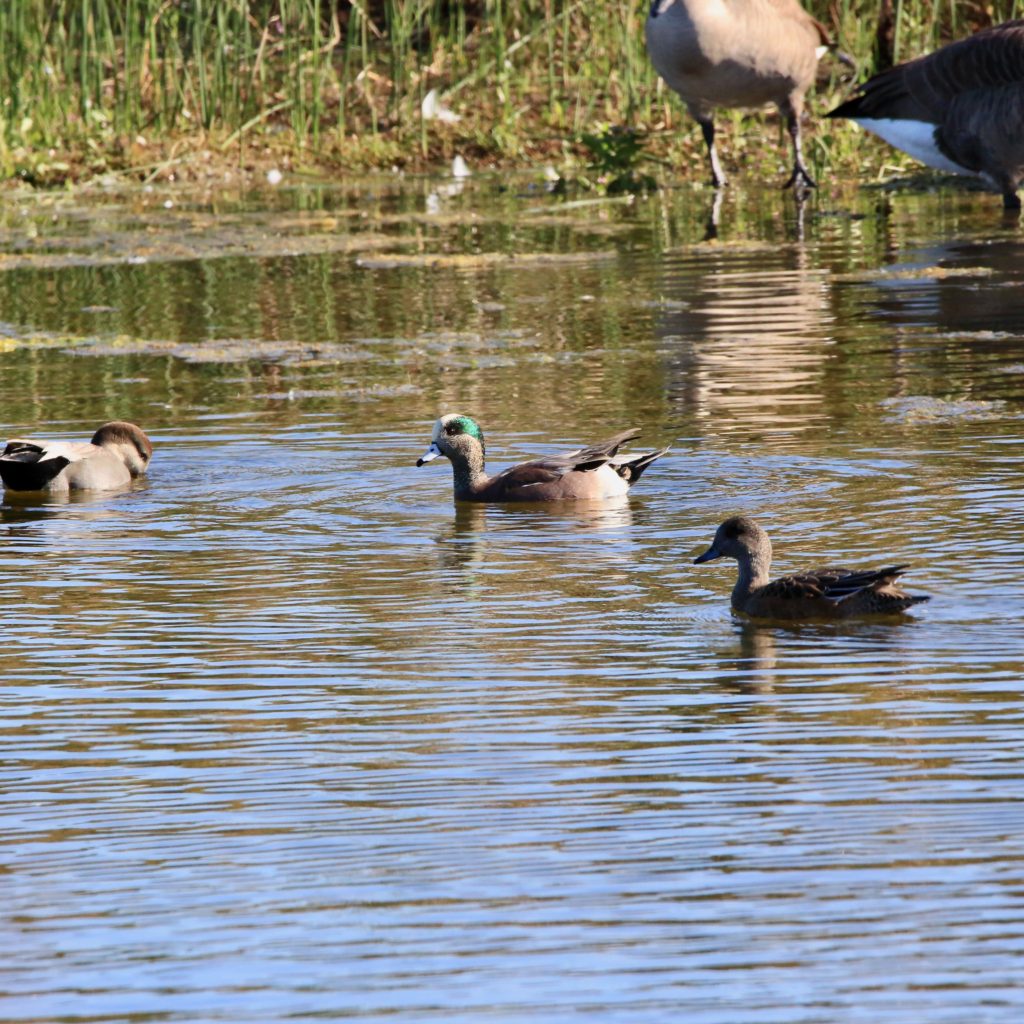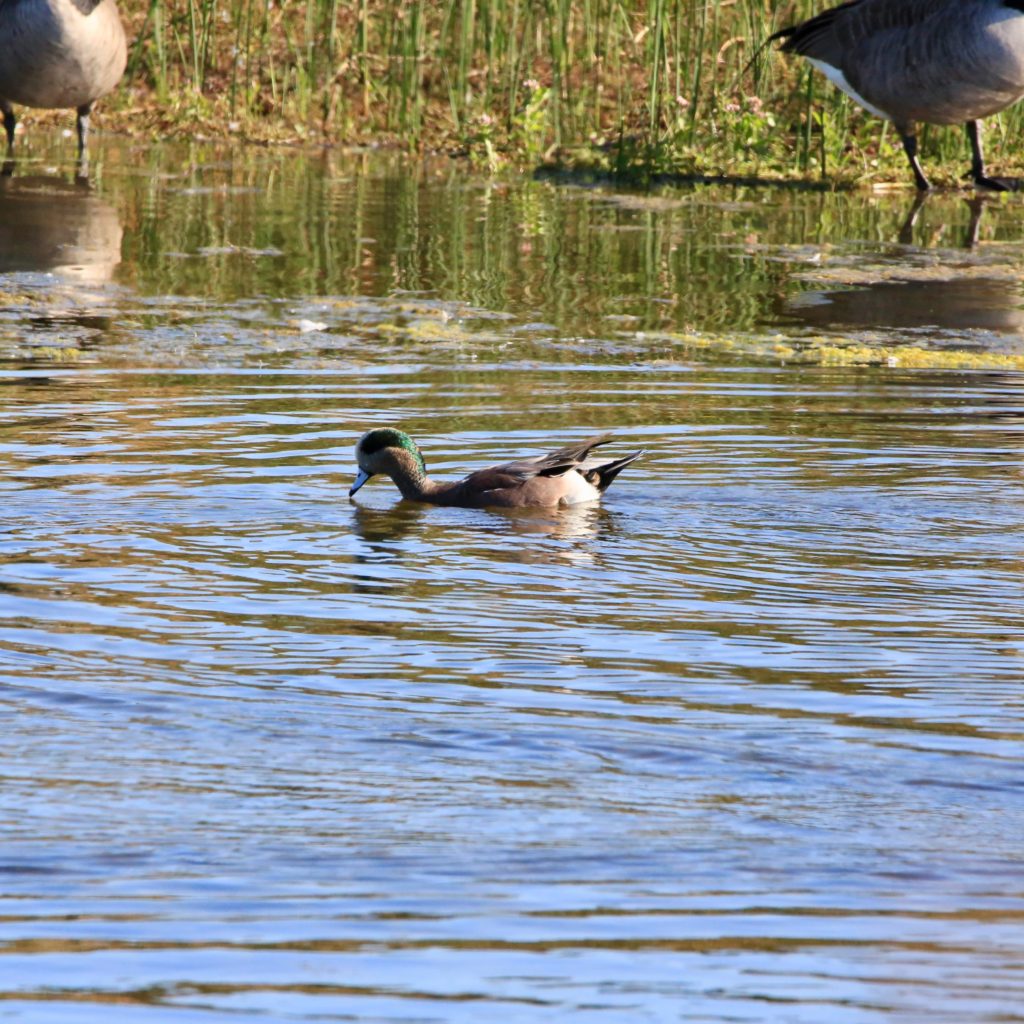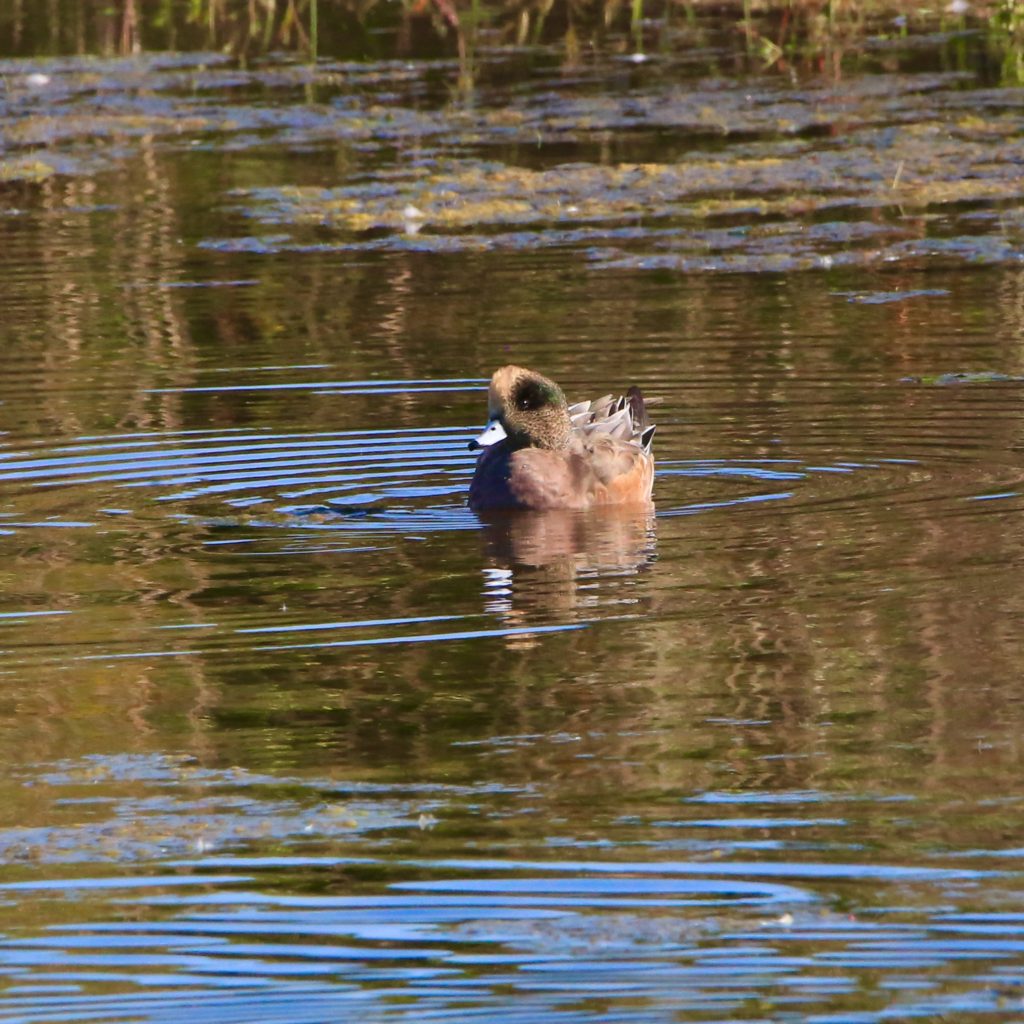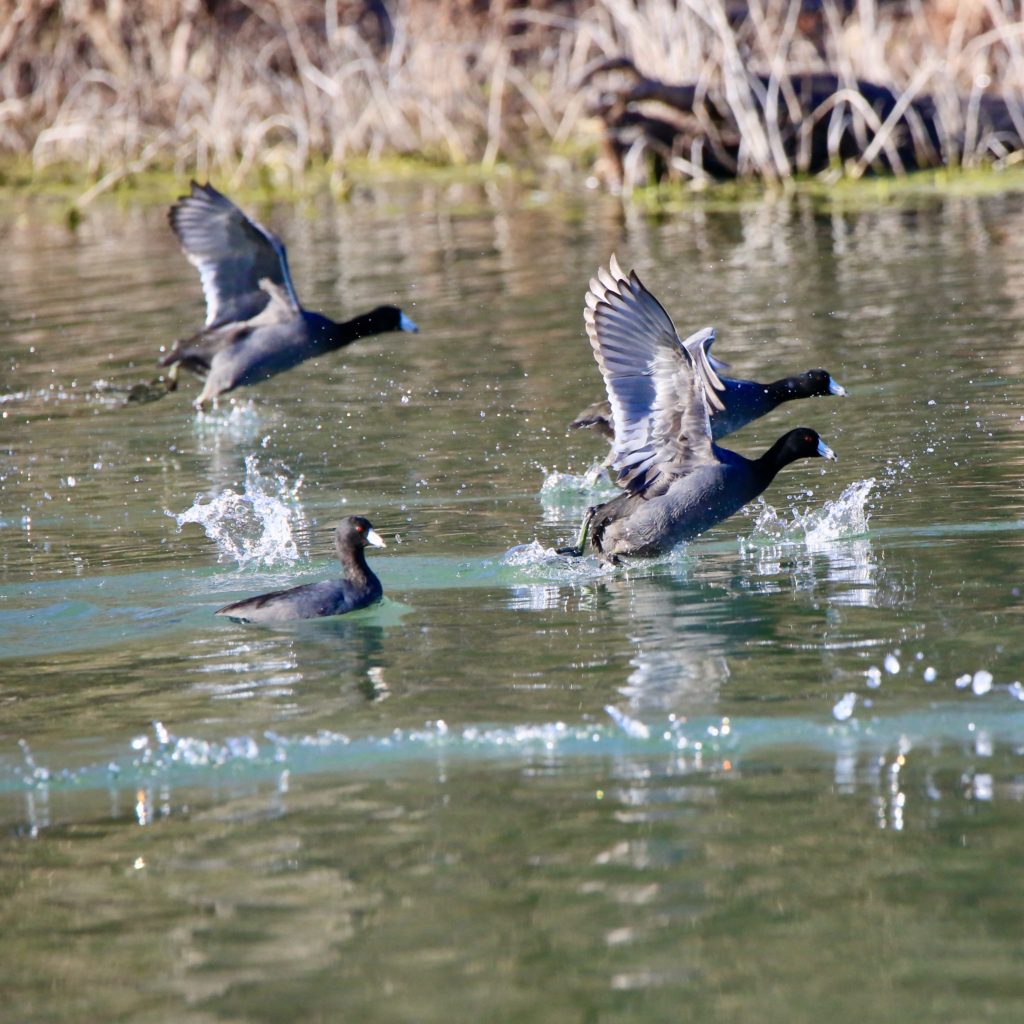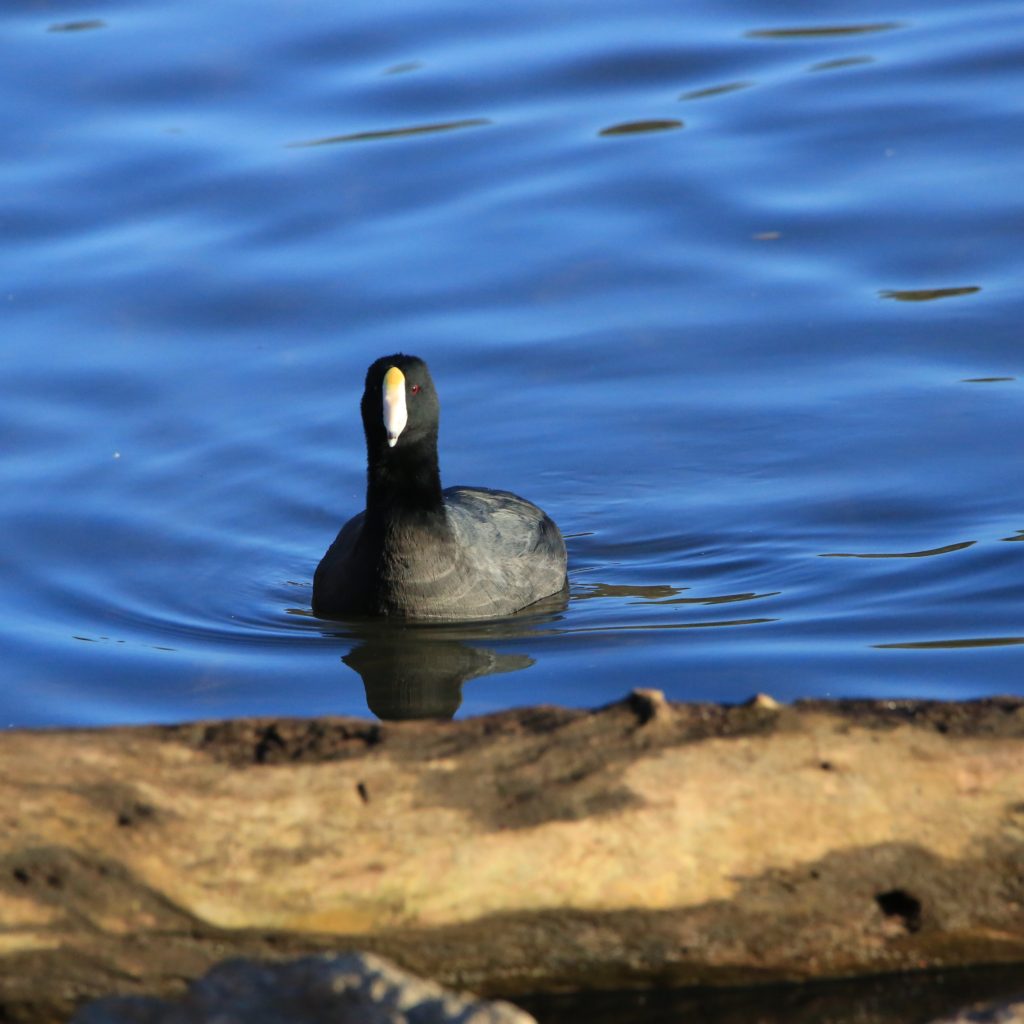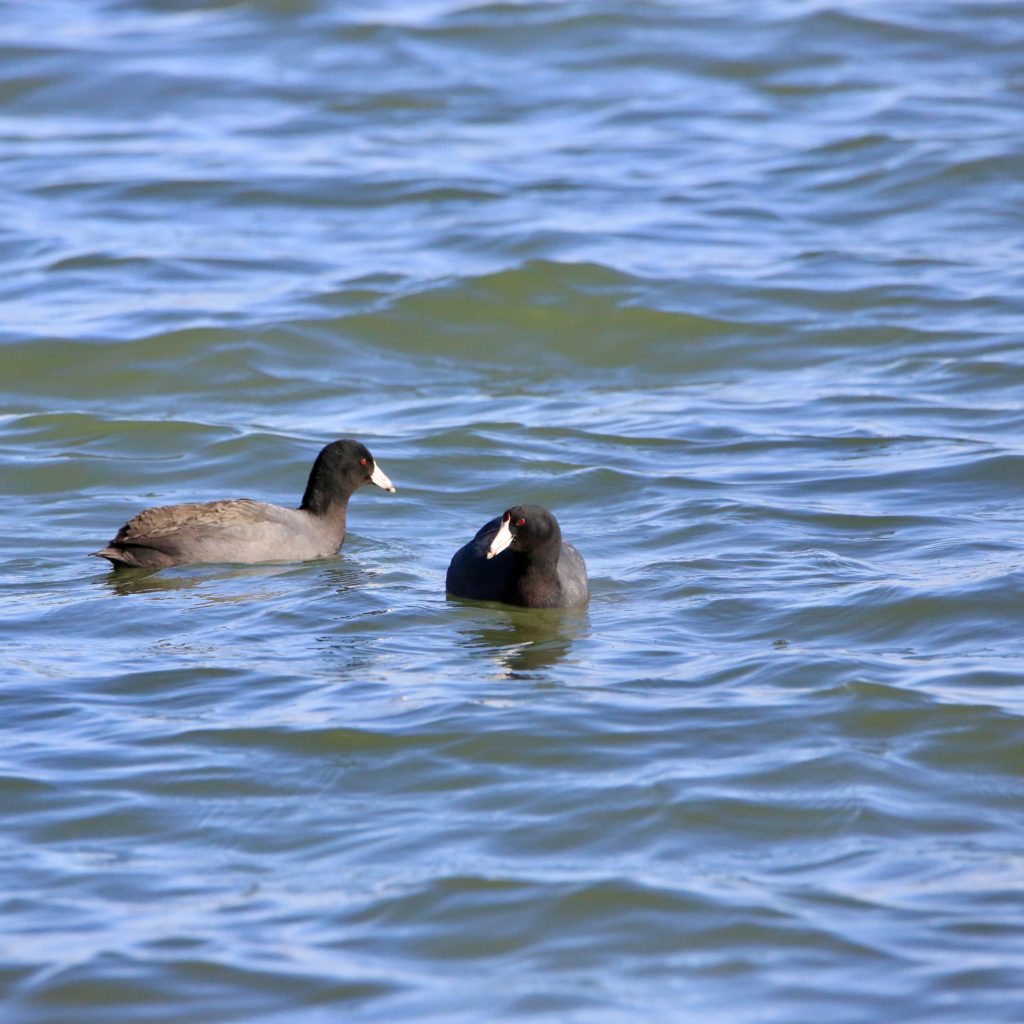
Glacier Bay National Park is to Juneau city’s west, in the state of Alaska on the southeast. A total of 3,223,384 acres, 2,770,000 acres is wilderness. The Glacier Bay National Park is located in the southeast part of Alaska and covers a
total of 3,223,384 acres, out of which 2,770,000 acres are made up of wilderness.
In 1979, Glacier Bay itself was designated a UNESCO World Heritage Site. For the protection and preservation of the park and its wildlife and habitats, the National Park Service works in tandem with Yakutat Tlingit and Hoonah- two native American organizations. Birdwatching at the Glacier Bay National park is a treat because of the high diversity of birds and wildlife.
Major Attractions at Glacier Bay National Park
To take a satisfying tour of the Glacier Bay National Park, one has to begin in Bartlett Cove. The only developed part of the park, has a visitor center, kayak rentals, cruise ships, and other vessels for touring. The Glacier Bay Lodge can also be found here. The entire focus of Glacier Bay is about losing yourself in the wilderness. This means visitors are encouraged to raft, mountaineer, backpack, camp, hike, and kayak.
The northwest side of the park is the Glacier Bay National Preserve. Here, one can hunt, trap and fish in the commercial sense. One can also go flightseeing and of course, birdwatching. Most of the park is water or frozen during winter so people tend to move by boat.
GET KIDS BIRD WATCHING
Bird Watching at Glacier Bay National Park
Recording a total of 564 species in Alaska, Glacier Bay National Park is a preferred habitat for 281 of them. The huge amount of species found here in both diversity and numbers can be attributed to the large size and variety of the breeding habitats. There are not too many predators on land and the food resource is ample.
The stony shores and cliffs both inside the bay and on the outer coast of the park get visits from seabirds in thousands. There, they feed on small fish and other inhabitants of the sea, including small birds. The southern area of the park’s outer coast, the Cross Sound, and Glacier Bay’s northern side, all these shores often have Puffins, Guillemots, Gulls, and Cormorants dispersed in the area.
Marbled Murrelets, who are on the threatened list, are in a startling number both inside and outside the water areas of the park. About 20 percent of the Kittlitz’s Murrelets in the world inhabit Glacier Bay.
During the winter season, we see a dip in land birds. Still, American Three-toed Woodpeckers, Black-billed Magpies, and Pacific Wrens are a common sight. Common Redpolls and Pine Siskins are spotted feeding on grass seeds and alders.
Then, in summer, Warblers, songbirds, and Thrushes migrate to the park. In the Bartlett Cove region, you might spot Yellow-rumped Warblers, Fox Sparrows, and Ruby-crowned Kinglets.
10 Birds to See at Glacier Bay National Park
Black-billed Magpie
Black-billed Magpies have a black and white body with long tail feathers. They live in the northwestern region of North America. Their population is steady and they are not at risk of being endangered. They live on farms, in forest edges, and along streams. Black-billed Magpies are a noisy bird that sits on fence posts and road signs. They enjoy eating fruits, insects, and small animals. Black-billed Magpies lay 6 to 7 eggs in big 3-foot wide circular nests. Black-billed Magpies are permanent residents, with only a few moving south.
Pine Siskin
Pine Siskins are brown with yellow on their wings and tail. They are small songbirds with a pointed bill and a short tail. They live throughout North America. There is an abundant number of these birds, but there has been a small decline recently. Pine Siskins make their homes in mixed woods and weedy areas. These birds like to eat seeds and can store a large amount in their throat. They can also be found in pine trees hanging upside down! Pine Siskins lay 3 to 4 eggs in a cup-shaped nest well-hidden up high in a tree. They migrate erratically and in the daytime in flocks.
Horned Puffin
Horned Puffins are black and white with a yellow and red rounded bill. They are a seabird that nests on the islands and coasts of Alaska. Their population in Alaska is abundant but has declined on the islands. These Puffins make their homes on sea cliffs near the ocean. These Puffins enjoy eating fish. They carry their fish crosswise in their bill and can carry up to 65 fish at one time! They only lay 1 egg and build their nests in a burrow underground. Horned Puffins do not migrate, but their patterns are not known, since they are found in different locations.

Arctic Tern
Arctic Terns are a pale gray color with a black cap, red bill, and red legs. They have long, pointed wings when seen in flight. They live in northern Canada and also in Antarctica. Arctic Terns have declined in population, but they are not endangered. They eat mostly fish, some crustaceans, and insects. This Tern lays 1 to 3 eggs in a nest on the ground. They make their home along rocky coasts and islands. They migrate offshore.

Canada Goose
Canada Geese are brown with black necks and white marks along their chin. You can find them throughout North America. Their population continues to increase as many are managed in wildlife refuges. Canada Geese enjoy making their habitat in open water and also on lawns near a water source. They move through the sky in a V-formation. Their diet is mostly plants of all kinds and occasionally seeds, berries, and small fish. They lay 4 to 7 eggs on the ground near
water. At one time they followed a strict migratory pattern, but now many are permanent residents in refuges.
American Wigeon
American Wigeons are brownish-gray with a green stripe behind the eye and a white cap. They live throughout North America. Their population is stable with their range expanding into the northeast and Canada. American Wigeons have short bills that help them eat vegetation from fields easily. They make their homes in marshes, lakes, and fields. American Wigeons eat mostly plants such as algae, eelgrass, and wild celery. They migrate in flocks, moving during the day.
King Eider
King Eiders live in the high Arctic. They nest on the edge of sea ice. They are vulnerable to climate change. King Eiders are black and white with a red-orange bill and blue head. They forage mainly underwater and can dive more than 150 feet. They enjoy feeding on shellfish. King Eiders migrate in large groups and can fly up to 40 miles per hour. Observers in northern Alaska counted 360,000 King Eiders migrating in 10 hours. They migrate mostly over frozen seas.
American Coot
American Coots are black with a vibrant white bill. You can find them all throughout North America. Their population is still abundant but has recorded a small decline. American Coots make their homes in ponds, lakes, and marshes. American Coots feed on leaves, seeds, fish, and insects. They lay 6 to 11 eggs on a floating platform nest! American Coots are mostly permanent residents but may migrate north.
Osprey
Ospreys are brown on top with white underneath. They live throughout North America. Their population was endangered, due to pesticides, but since being banned, the Osprey population has recovered. They make their homes near rivers and lakes. They dive into the water to catch live fish. These birds lay about 3 eggs and build stick nests high up on telephone poles and other nest platforms. They migrate along coastlines and lake shores; however, the Ospreys found in Florida are permanent residents.
American Golden-Plover
American Golden-Plovers are graceful, gold, and black speckled shorebird. They also have a white stripe from the crown of their head to their neck. They live in the midwestern region of North America. American Golden-Plovers make their homes on prairies, shores, and in the tundra. Their population is limited now due to the loss of their wintering habitat in South America. American Golden-Plovers eat insects such as flies, beetles, and snails. They lay 3 to 4 eggs and once they hatch the young birds find their own food. They migrate from Canada to South America. American Golden-Plovers make the longest migration journey of any shorebird.
Final Thoughts
Birdwatching in the Glacier Bay National Park and Preserve is something that can be done any time of the year. There is never a shortage of birds in the area, though the kind you will encounter changes depending on the season. You will always find some by Glacier Bay and the rocky shores, so pack your bags and set out on that birding journey!
Ornithology
Bird Watching Academy & Camp Subscription Boxes
At the Bird Watching Academy & Camp we help kids, youth, and adults get excited and involved in bird watching. We have several monthly subscription boxes that you can subscribe to. Our monthly subscription boxes help kids, youth, and adults learn about birds, bird watching, and bird conservation.
- Kids Bird Watching Monthly Subscription$10.00 / month
- Kid & Adult Bird Watching Starter Pack Subscription$10.00 / month and a $72.00 sign-up fee
- Kids Bird Watching Starter Pack Subscription$10.00 / month and a $19.00 sign-up fee
Bird Watching Binoculars
The most common types of bird watching binoculars for viewing birds at Glacier Bay National Park is the 8×21 binoculars and 10×42 binoculars. Bird Watching Academy & Camp sells really nice 8×21 binoculars and 10×42 binoculars. You can view and purchase them here.
- Birding Binoculars$49.99
- Kids Binoculars$13.99


























